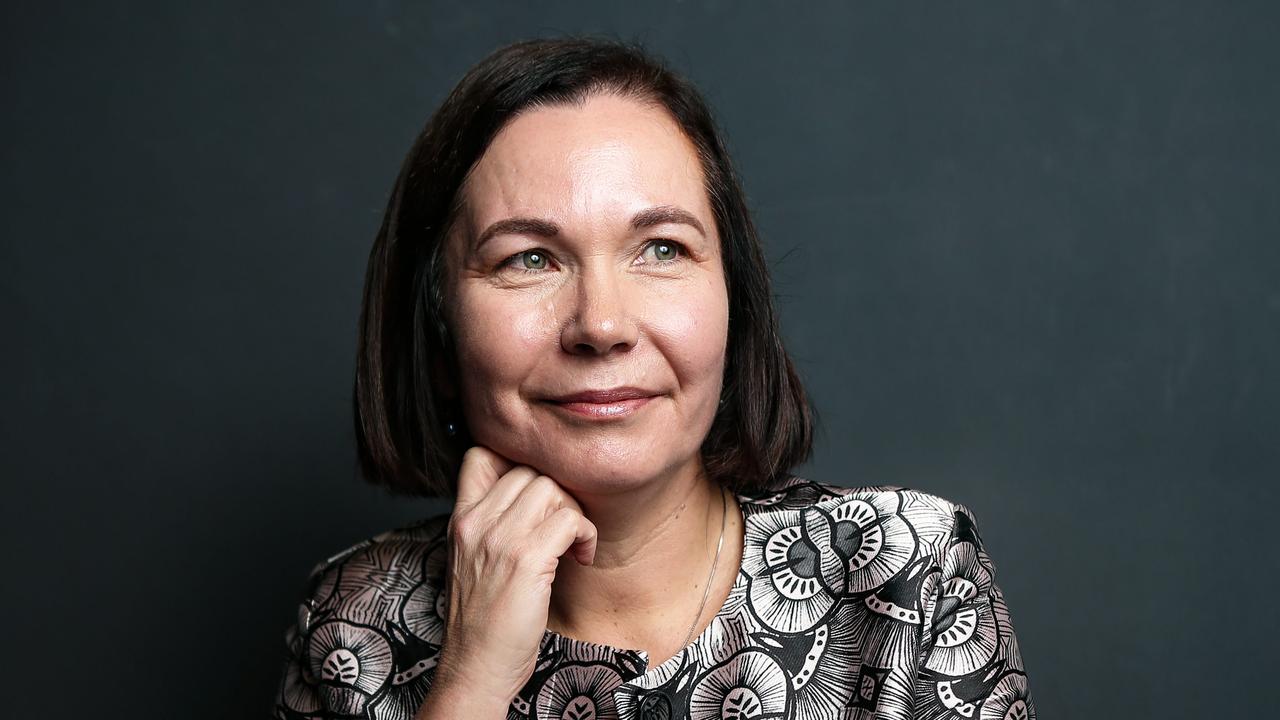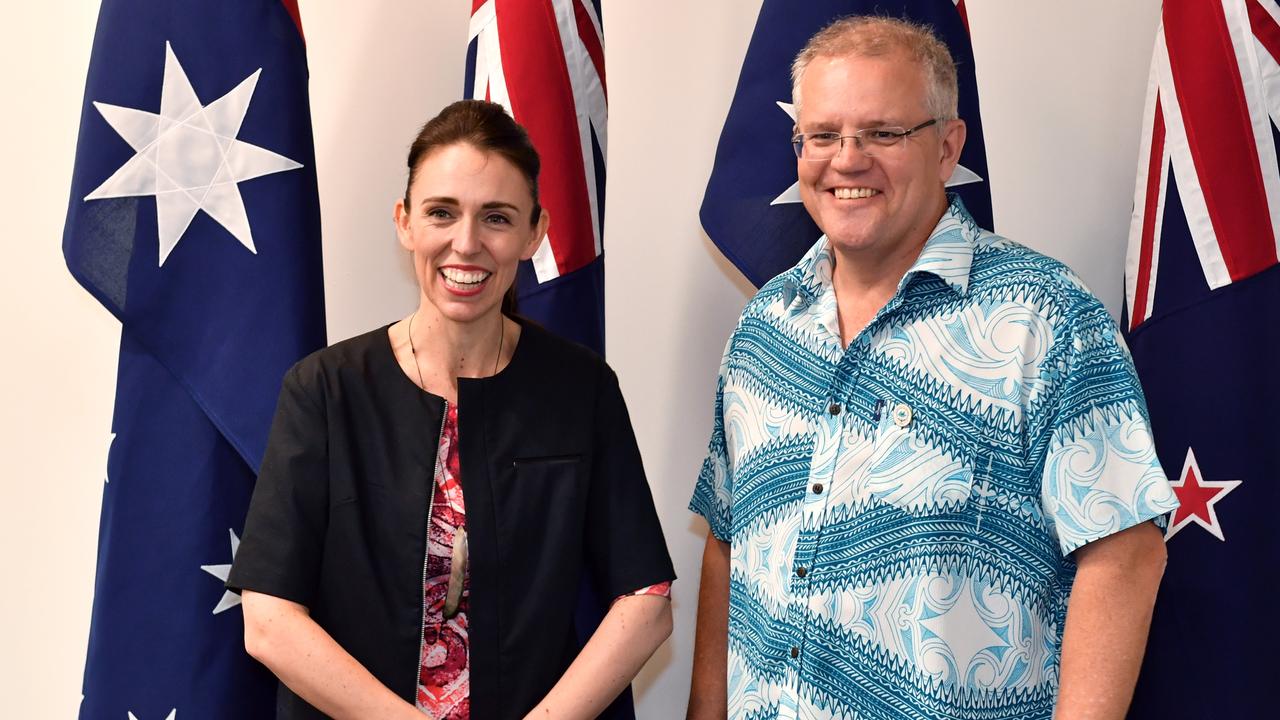We are throwing good money after bad in schools
Paul Keating once warned, “never stand between a state premier and a bucket of money”, and incoming NSW premier Gladys Berejiklian provides a striking example when pressuring the commonwealth government to underwrite the Gonski school funding model.
Ignored is that there is no bucket of money — the previous ALP government never funded the final two years of Gonski and, while the NSW budget is in surplus, the commonwealth government is facing years of deficits.
Also ignored is that according to our Constitution the states and territories are responsible for school education and it is their primary responsibility to ensure adequate funding.
There is also the fact, while the Australian Education Union and the NSW Education Minister Adrian Piccoli argue that investing additional billions will raise standards, no amount of additional spending will improve outcomes.
Despite a record level of investment in education over the past 20 years Australia’s results in the Trends in International Mathematics and Science Study (TIMSS) and the Program in International Student Assessment (PISA) have gone backwards.
The results for NSW students, for example, fell 27 points in the PISA science test, 15 points in the TIMSS Year 4 maths test, 28 points in Year 8 maths, 14 points in Year 4 science and 10 points in Year 8 science.
In a report co-written by the ALP’s member for Fraser when an academic at the ANU, Andrew Leigh, and based on an analysis of literacy and numeracy standards over the period 1975-1998, it’s clear additional investment represents throwing good money after bad.
Such are the disappointing results based on an analysis of the Longitudinal Survey of Australian Youth that Leigh concludes, “the productivity of Australian schools may have fallen over the past three to four decades”. A sentiment reinforced by the Australian Productivity Commission when it argues that “despite an increase in spending and falling class sizes … student literacy and numeracy have declined in recent years, and Australia (has) fallen behind other high-performing countries”.
It is also clear, as argued in the 2016 OECD publication PISA Low Performing Countries, that once a certain level of investment is reached then additional expenditure is not the solution.
The OECD report states: “Despite conventional wisdom that higher investment leads to greater gains, there is no clear evidence that increasing public spending on education guarantees better student performance once a minimum level of expenditure is reached”.
And at 5.6 per cent of GDP, slightly higher than the average of 5.2 per cent in the OECD, there’s no doubt that Australia has reached the required minimum level with the OECD’s 2016 Country Note describing Australia as achieving “a relatively high expenditure on education”.
The OECD, in a series of reports and papers identifying the characteristics of stronger performing education systems as measured by TIMSS and PISA, also identifies what needs to be done to raise standards and improve educational outcomes.
Unlike NSW, which has one of the most centralised and bureaucratic education systems in Australia, where what is taught, how it is assessed and how teachers are registered and certified is controlled by head office, stronger systems embrace school autonomy.
The 2016 PISA publication states that “evidence suggests that school autonomy is beneficial to student performance, which partly explains why education reforms since the early 1980s have focused on giving schools greater autonomy”.
Overseas researchers Eric Hanushek and Ludger Woessmann in their book The Knowledge Capital of Nations reach the same conclusion when they argue, “increased autonomy over academic content, personnel, and budgets exerts positive effects on achievement”.
Autonomy allows schools to innovate, be flexible and to best meet the needs, aspirations and abilities of their students and explains why Catholic and independent schools outperform government controlled state schools — even after adjusting for students’ home backgrounds.
While the Australian Education Union and like-minded activists like Jane Caro and Trevor Cobbold argue for a Gonski-funded’ one-size-fits-all, centrally controlled public system of education it is also true that competition, diversity and choice are beneficial.
Hanushek and Woessman conclude “students in countries with larger shares of privately managed schools perform better on average, and recent evidence corroborates the conclusion that this is due to a causal effect of private sector competition”.
As noted by the 2014 Review of the Australian National Curriculum that I co-chaired, another characteristic of stronger performing systems is that schools focus on teaching a rigorous, academically based curriculum where there are clear consequences for failure.
No amount of additional funding will raise standards if the curriculum is substandard, overcrowded and based on guesswork or the latest educational fad. Stronger performing overseas education systems ensure students master the basics and the key subjects that are essential to being educated.
This is unlike Australia in general, where the curriculum is overcrowded and based on misplaced theories like constructivism — a situation where teachers are no longer in control as their function is to act “more as a facilitator who coaches, mediates, prompts, and helps students develop and assess their (own) understanding”.
Proven by the Safe Schools LGBTQI program and the Equity Principles and Guiding Statements on the NSW Education Standards Authority website it is also obvious that enforcing a politically correct, cultural-left curriculum is more important than teaching what Matthew Arnold termed the “best which has been thought and said”.
The research consensus is that education policy must be evidence-based if learning is to improve, regardless of how much additional funding is provided. Based on the example of Minister Piccoli mandating a minimum Australian Tertiary Admission Rank score for students wanting to become teachers this is clearly not the case in NSW.
Restricting entry on the mistaken assumption that academic excellence equates with effective teachers, as noted by the ACER’s Geoff Masters, “is a blunt approach to the selection of teachers” that “falls well short of international best practice”.
Finnish education expert Pasi Sahlberg makes a similar point when he argues that many of those entering the profession in high-performing Finland “are academically average” and only choosing the “best and brightest to become teachers is a myth”.
A second example of misplaced and ineffective educational ideology is NSW’s embrace, since the late 1970s, of the whole-language approach to teaching the early years of reading. A situation where the more structured phonics and phonemic awareness approach is replaced by “look and guess” and the belief that learning to read is as natural as learning to talk.
If the NSW Premier is serious about raising standards, especially for disadvantaged students, then instead of more money, what is needed is a more market-driven model based on autonomy, diversity and choice and evidence-based research reflecting the characteristics of stronger performing systems and schools.
Kevin Donnelly is a senior research fellow at the Australian Catholic University and author of Dumbing Down.



To join the conversation, please log in. Don't have an account? Register
Join the conversation, you are commenting as Logout